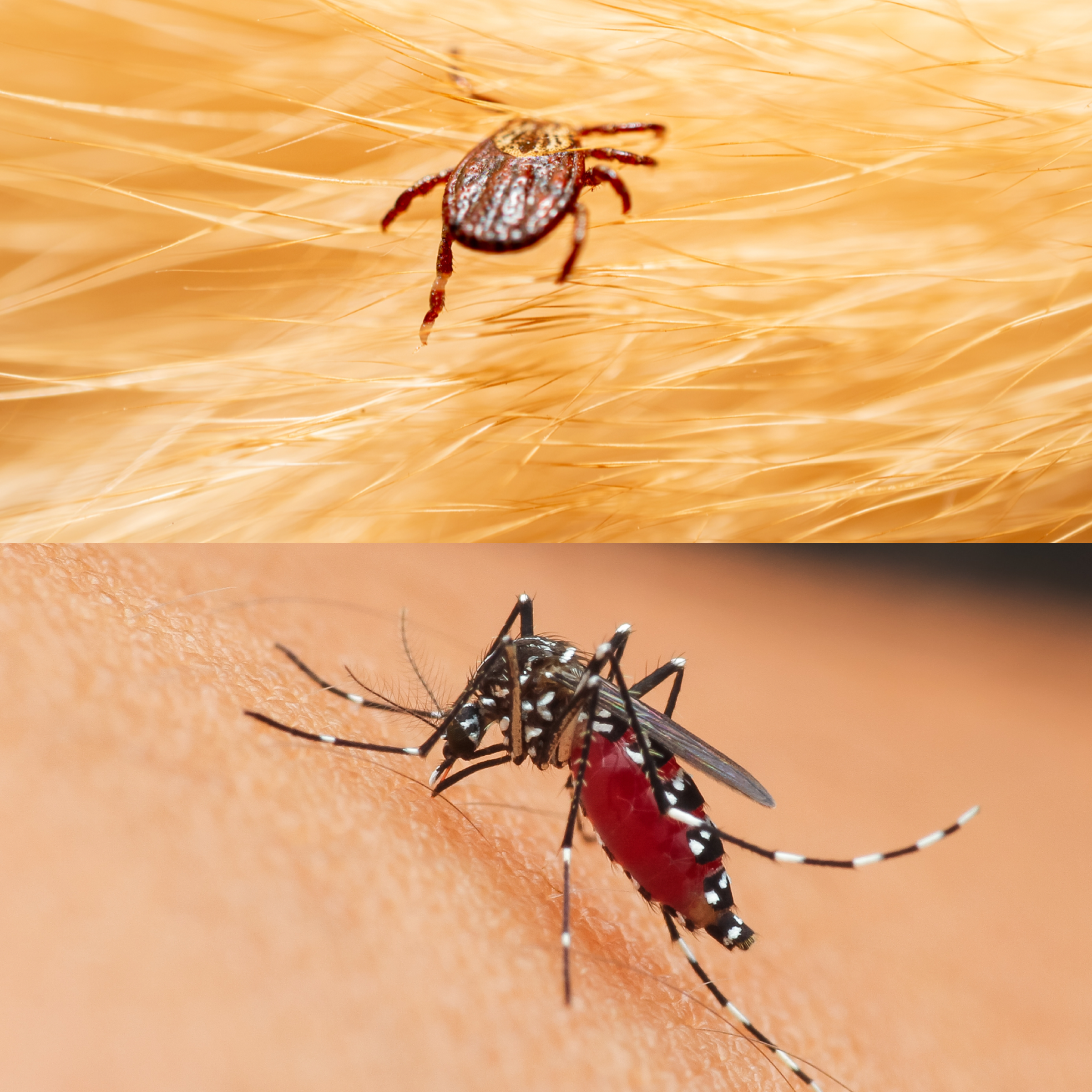A lot has changed in the world of parasite prevention over the course of my career — some of it for the better and some of it resulting in massive confusion due to the overwhelming number of options currently on the market.
The first thing that I would stress is that our hunting dogs need to be on a heartworm preventative, and for the vast majority this should be a year-round strategy. While we absolutely will not be transmitting heartworms in the fall and winter in most of the country we are still likely exposing our dogs to intestinal parasites and this benefit, alone, should be enough to warrant year round prevention. Early in my career you could be fairly certain that from a climate perspective the transmission season for heartworms was only six months. Now with our later falls, warmer winters and earlier springs that just isn’t the case every year and honestly by administering these medications year-round it takes out the variability and potential for error. There is also evidence that when multiple doses are given consecutively it helps reduce the possibility of resistance or breakthrough. Meaning if you had exposure at the “end” of a typical heartworm season and quit your medication there would be increased risk versus if you continued administering the medications. One point to note here is that heartworm medications kill backwards so while they prevent heartworm disease they don’t prevent the organism from entering the body and each dose essentially kills off the parasites from the previous month.
On the heartworm front I use Interceptor Plus in my dogs and have for at least the last decade. My recommendation is for the milbemycin oxime-based products. As far as the products I avoid, I would no longer consider using the ivermectin-based products in my own dogs. I certainly do not recommend the dosing of the large animal product for dog use and even the heartworm products that contain low-dose ivermectin I no longer recommend. There is concern amongst some ophthalmologists about the possibility of retinal damage due to these drugs in some dogs. We certainly do not have this completely worked out but there is enough of a concern that it has changed my habits. For more information you can see the presentation HERE.
The question I often get asked is about the injectable products like ProHeart 6 and 12. In theory they make a lot of sense, they are a give it and forget it situation. Unfortunately for me there are just too many variables and I just haven’t gotten on the bandwagon with its use. There are a number of steps that need to be taken to mix the product, initially and with each dose, and if done incorrectly the dose administered could be wrong. It also acts as an intestinal dewormer only at the time of the injection and not monthly. In my neck of the woods, I am more apt for my dogs to encounter intestinal parasites than I am heartworm.
Flea and tick prevention has also gotten quite murky with both veterinary and over-the-counter options. For the longest time I was a big fan of Frontline, and I still feel that the original chemical, fipronil, is one of our safest options for fleas and ticks. Unfortunately, we have to make everything bigger and better and finding straight fipronil isn’t always the easiest as it is usually combined with other ingredients, and this many years into its existence it may no longer be the best choice.
The other topical options usually revolve around permethrin-based drugs and they have a lot of potential side effects. Smaller dogs are particularly sensitive to them, and they can be fatal to cats. I’m also not a big fan of tick collars with one exception, the Seresto collar. I think that collar has a lot of potential for people in heavy tick burden areas or if you travel to tick-borne disease country to hunt and you want to double up on your prevention.
In the oral class of flea and tick preventatives there are a number of options and all are relatively similar. I will say that some of them come with more reports of neurologic episodes post administration than others. Since it came on the market, we have used Credelio with good success. Some studies show that its efficacy at the end of the dosing cycle may be better than some of the other products on the market. I’ve also used Nexgard and Brevecto with no issues, for what it’s worth. The big thing to remember with these products is that they are in the blood stream so the flea and ticks will need to bite your pet in order for them to be effective meaning you may still see those pests on your dog.
My take home points would be:
—Have your dog on year-round heartworm prevention.
—Understand the benefits and risks of the product you are using.
—Adequately protect your dog from fleas and ticks, particularly if you live in tick-borne disease country.



